Exhibition Catalogue: ‘Art Strikes Back’
Huge thanks to curator Christian Madsen at Museum Jorn for sending the ‘Art Strikes Back’ exhibition catalogue with a lovely note inside. Also a very kind reference from Christian to Spectre in the introduction to the catalogue – indeed ‘the avant-garde will not give up!’.
There are also essays from some great writers including Mark Sanders and Gavin Grindon (again, thank you for referencing ‘Spectre’!), as they explore the impact of the technique of detournement through avant-garde and contemporary art.
It’s a bit overwhelming to have work in this exhibition alongside such incredible artists, many of which have been such huge sources of inspiration in the development of my practice. I hope you enjoy these images from the catalogue and if you can get to the exhibition you must! It’s an incredibly important survey of critical art that is so well suited – and needed – for the times we live in.
In the opening introduction to the catalogue, Christian Madsen, curator of Museum Jorn refers to how we sought to transpose detournment theory into a digital context with Spectre and the Big Dada series:
“Bill posters and Daniel Howe are highly topical with their interactive installation Spectre (Pp. 46-47), sourcing data about its users from Facebook, and composing deepfake videos, revealing user behaviour as it unfolds on the internet. Spectre transposes the detournement theory to a digital context and creates a convincing product, indicating just how manipulative and propagandist modern technology can be. Spectre has produced a number of deepfake videos of famous men in power and influencers such as Donald trump and the Facebook founder, mark zuckerberg. The work thus received global press coverage and provoked official statements from Facebook, instagram and YouTube. The avant-garde won’t give up!”
– Christian Madsen, Curator, Museum Jorn.
Later in the catalogue, in the essay ‘Detournement After Jorn’, Gavin Grindon mentions how the detournement theory underpinning Spectre can create space for art-activist practices to operate and contribute to wider social contexts outside the confines of the gallery:
“Artistic gallery works using bricolage, montage and replacement elements might function as a research ground for these art-activist pracites taking place in a wider social context. Here we might look to projects such as Spectre, which expose us personally (and our data) to the digital influence machine with the brakes removed; in the hope of functioning like an inoculation shot, it appropriates the act of appropriation conducted by data harvesters from Facebook to political parties – taking the viewers data clandestinely in the form of a game and then deploying it abrasively against them, including presenting them with a film of themselves performing in their own disturbing deep fake video. The tactic of detournement, in art and politics, is not going away, as the territory of image-manipulation it operates on becomes more prevalent and open. In fact from being an experimental technique of avant-garde artists, it has become one of the key aesthetic-political tactics of the twenty first century.”
– Gavin Grindon, Curator
Both of these readings are very generous in their analysis of Spectre and the Big Dada series. It was always the perogative to utilise detournement theory and apply these ideas to digital spaces and architectures in the hope of revealing and critiquing the power relations and hierarchies of knowledge that exist between corporate and state actors and citizens concerning surveillance, extraction and analysis of personal data for both political and commercial purposes. Indeed the digital influence industry and the tech companies, web publishers, data brokers and intermediaries offer rich territory for the application of detournement theory and we have only just began to begin this exploration. Once you fully begin to realise the species-level experiment that is currently being conducted in digital networks and architectures hidden from view and understanding, we begin to see the tragectory of what these infrastructures and normalisation of inherently detrimental – and biased – logics offer us – as ‘users’ in the future. In the midst of the 2nd Enlightement, the age of psychopolitics is indeed upon us as human experience – our psyches, become the latest commodity to be renditioned, analysed and traded to predict our future behaviours at both micro and macro levels by totalitarian forms of corporate power; ushering in a new age of algorithmic colonialism that is both indescriminate and biased. We must remember that this is not the norm. In the space of the last two decades, we have willingly accepted, invited in, and normalised surveillance architectures throughout our day to day lives that have untold repercussions on our individual and collective liberties and rights. Critical art and the technique of detournement allow us space to construct and explore alternative readings of the historic moment of today as we find ourselves, more than half a century after the birth of the Situationist International, still struggling against similar economic and political logics that have dominated our collective ability to imagine and construct worlds beyond capitalism. Now is the time to push harder and deeper into the critical interrogations of these logics to continue in a similar yet profoundly different vein to those artists that came before us: ‘the avant-garde won’t give up’!


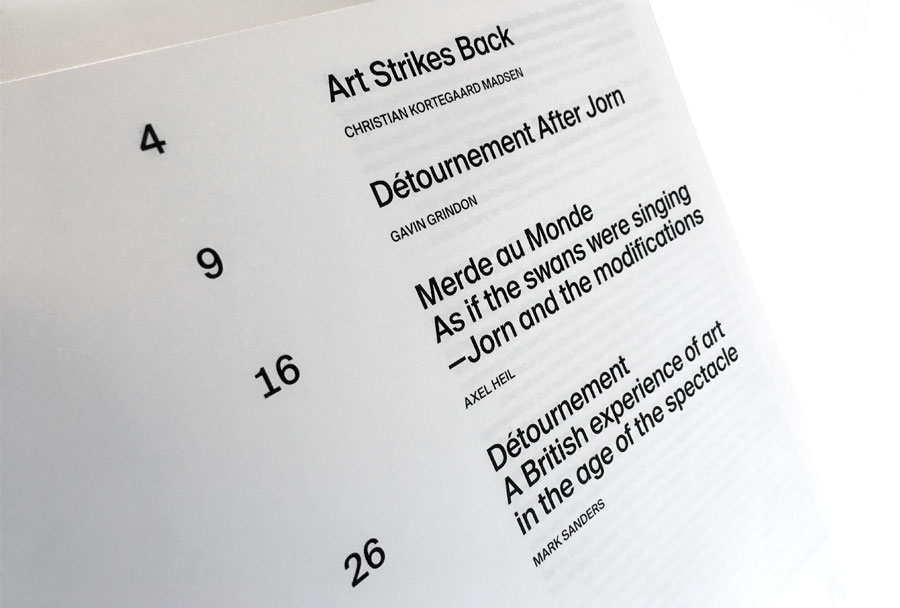


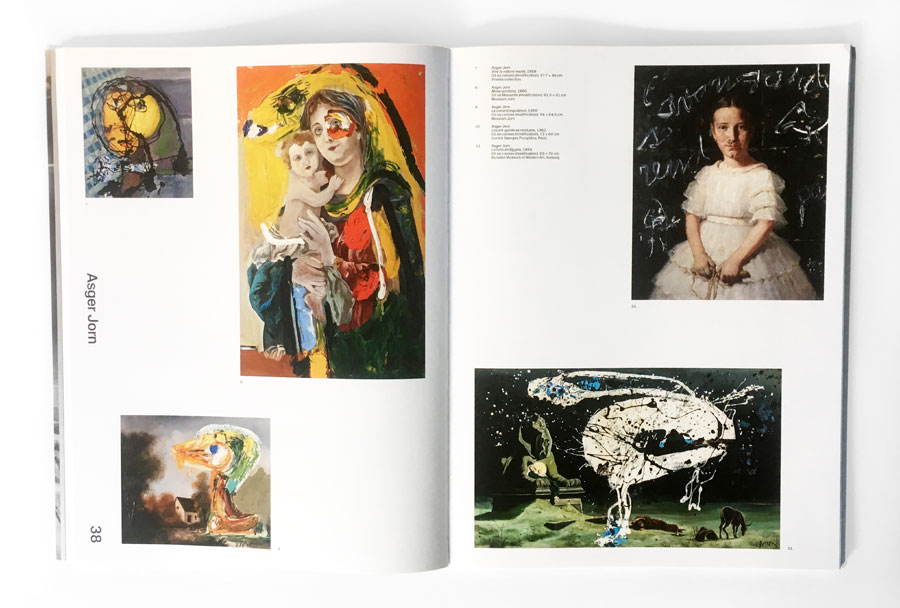
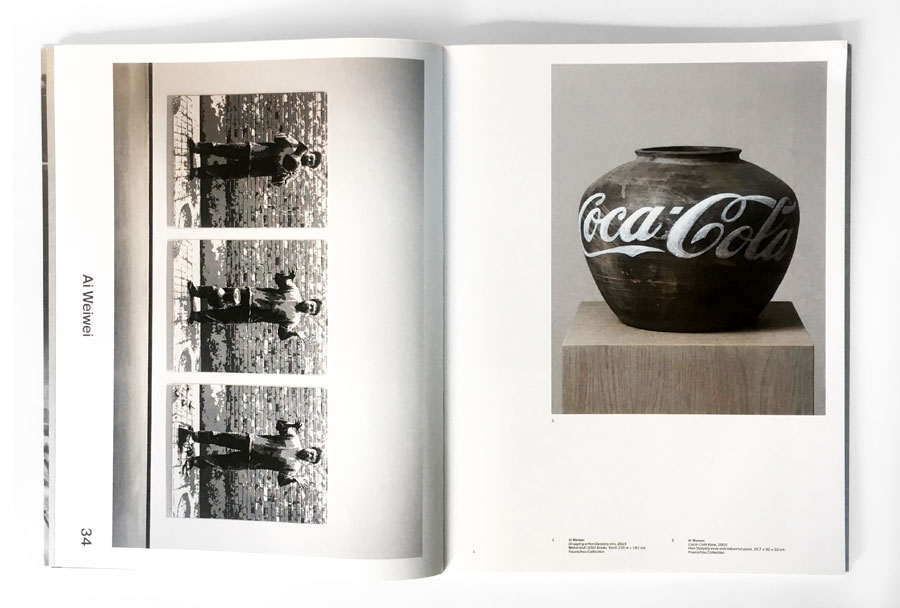
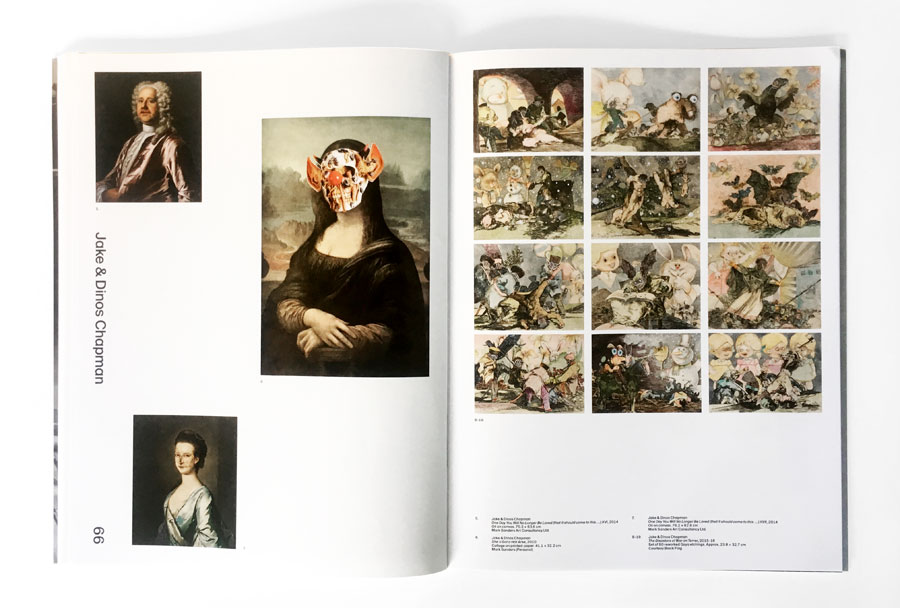
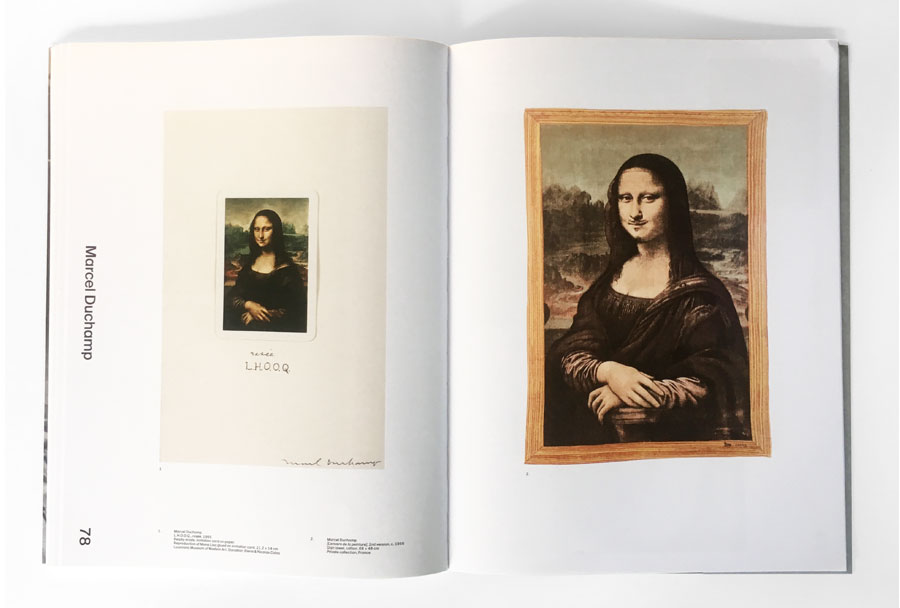
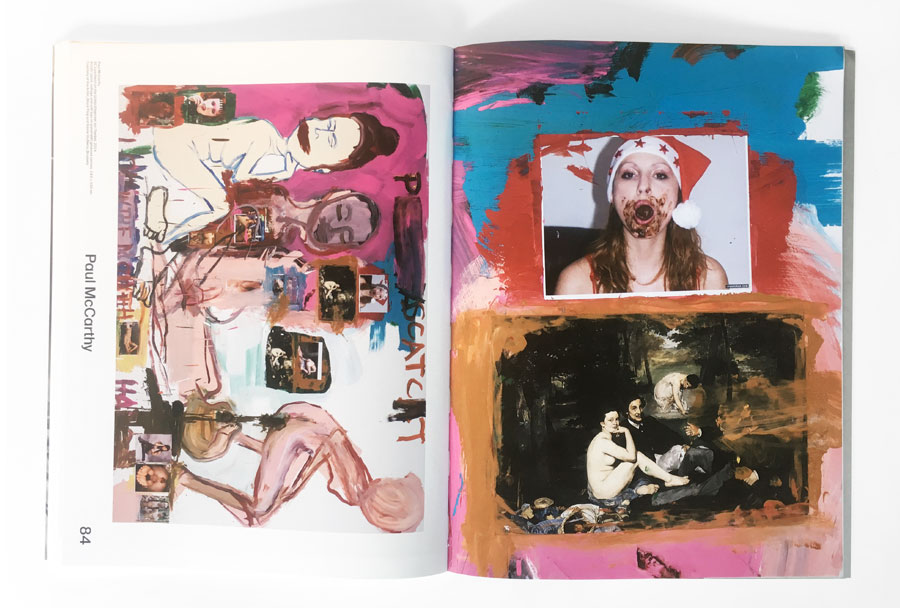
‘Art Strikes Back: From Jorn To Banksy’ runs at Museum Jorn until the 8th December 2019.
Huge thanks as ever to Daniel Howe for being willing to try to push the boundaries of Video and conceptual art using AI and ML technologies by collaborating with me on ‘Big Dada’ and Spectre this year.
